Casual Corner's history traces a remarkable journey from its founding in 1950 to its peak in the 1980s. It began with a modest store in Connecticut, catering to working women and college students. As it rapidly expanded under the U.S. Shoe Corporation, Casual Corner became a staple in women's fashion retail, pioneering styles in both casual and professional attire. However, intense competition and evolving market dynamics led to financial challenges, culminating in its closure in 2005. Exploring its story offers valuable insights into the changing landscape of women's fashion and retail strategies, highlighting the broader trends that shaped its enduring legacy.
Founding and Early Years
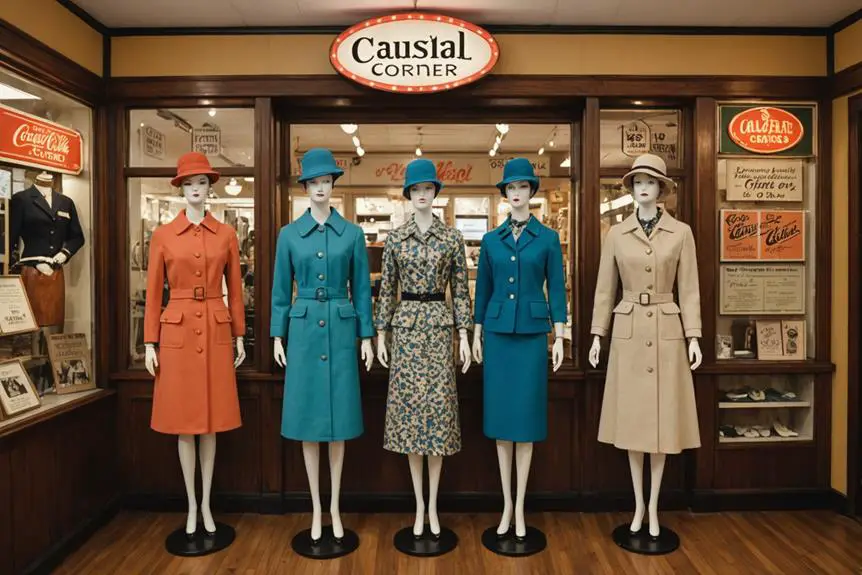
Casual Corner's inception in 1950 marked a pivotal moment in retail, driven by the vision of co-founders Charles E. Carples and Stanley W. Vogel. With a modest investment of $5,000 each, they launched their first store in West Hartford, Connecticut, a 750-square-foot space uniquely furnished with salvaged materials from tobacco barns. This creative approach not only set the store apart but also reflected a growing trend toward sustainability and resourcefulness in retail.
The founders aimed to cater to working women, college students, and country club members, recognizing the need for a shopping experience that emphasized both accessibility and style. By offering a comfortable environment for browsing and trying on clothes, Casual Corner quickly became a go-to destination for its target demographic.
Expansion and Growth
Following its successful launch, the brand quickly recognized the potential for growth beyond its initial market. Casual Corner's strategic acquisition of rights for Texas expansion in the late 1950s marked a pivotal moment, enabling the brand to greatly increase its footprint. By the mid-1980s, it achieved peak operations with over 1,800 stores across the United States, showcasing its ambitious expansion efforts.
The decision to open its first mall store in Framingham, Massachusetts, in 1966 highlighted a strategic shift towards shopping malls, which would become a vital component of its growth strategy. Under the umbrella of U.S. Shoe Corporation, Casual Corner not only expanded to over 1,500 stores by 1989 but also enhanced its market presence considerably.
The introduction of new brands like Caren Charles and Antics during the 1980s further diversified its offerings, allowing Casual Corner to cater to a wide range of customer demographics. This adaptability played a significant role in fueling its expansion, as the brand effectively met the evolving needs of its diverse customer base. Overall, the combination of strategic location choices and brand diversification set the stage for Casual Corner's remarkable growth trajectory.
Merchandise and Branding
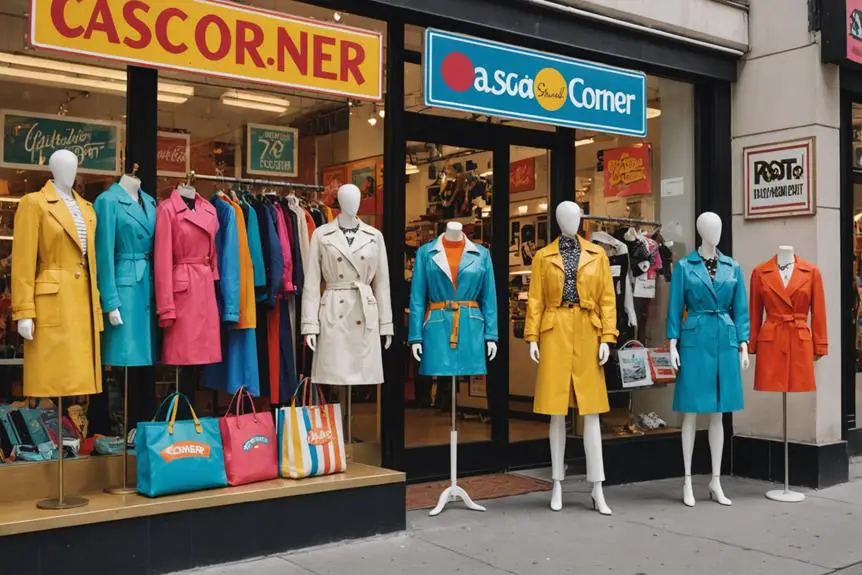
From its inception, Casual Corner aimed to create a unique shopping experience that combined quality and accessibility. Initially focused on high-quality women's sportswear, it featured notable brands like The Villager and Cole of California. The brand's distinct vintage logos and branding reflected its evolving identity throughout the decades. However, as the landscape of women's fashion evolved, so did Casual Corner's merchandise strategy. In the 1990s, the brand pivoted to cater to working women, broadening its offerings to include professional attire while still honoring its casual roots.
This shift was marked by the introduction of sub-brands under the Womens Specialty Retailing Group, such as August Max and Petite Sophisticate. These brands allowed Casual Corner to diversify its clothing options, appealing to both young and career-oriented women. The branding emphasized a friendly and casual shopping atmosphere, setting the store apart from traditional upscale retail formats.
Casual Corner's unique offerings, including Whiting and Davis bags and Levi Strauss jeans, further solidified its identity. By prioritizing an accessible shopping environment alongside a well-curated selection of merchandise, Casual Corner established itself as a go-to destination for women seeking stylish yet practical clothing. This distinctive approach to merchandise and branding played a vital role in shaping the brand's legacy.
Market Position and Challenges
Maneuvering the dynamic landscape of women's retail, Casual Corner carved out a unique niche as a pioneer in casual attire, initially boasting impressive sales of $2 million within its first decade. However, as competition intensified in the mid-1980s from brands like AnnTaylor and The Talbots, Casual Corner's market appeal began to wane. The shift from casual wear to professional attire in the 1990s was an attempt to adapt to changing consumer preferences, but it also highlighted the brand's struggle to maintain relevance in a rapidly evolving retail environment.
Financial struggles compounded these challenges, with staggering losses of $50 million in 1993 and $100 million in 1994. While restructuring efforts managed to restore profitability by 1999, the long-term impact of increased competition proved insurmountable. Ultimately, declining sales forced Casual Corner to close all its remaining stores by 2005, marking a significant retreat from the retail market. This trajectory underscores the importance of agility in responding to market demands and the perils of complacency in a fiercely competitive landscape focused on women's professional attire.
Cultural Context and Social Trends
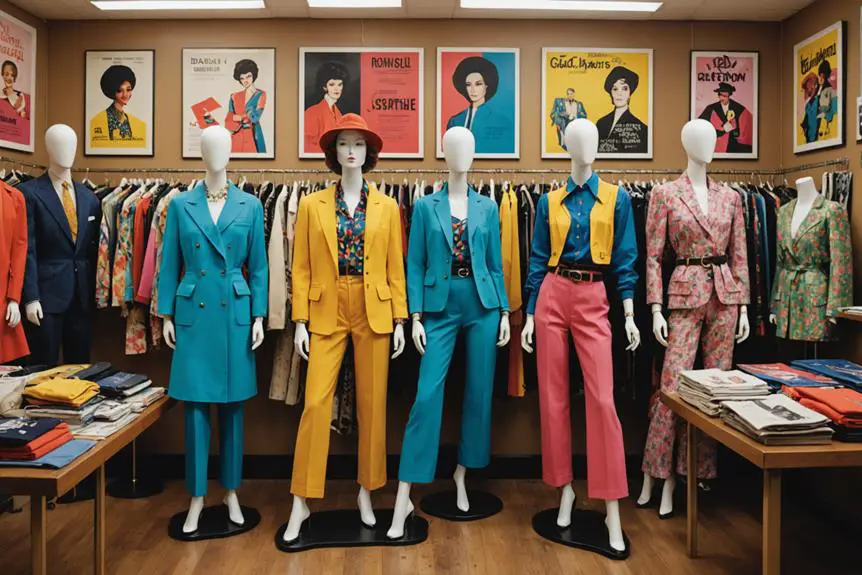
As the 1970s unfolded, cultural shifts greatly shaped fashion trends, and Casual Corner emerged as a response to this dynamic environment. The women's liberation movement redefined gender roles, promoting unisex fashion that resonated with many. You'd find that this era's fashion choices were often driven by economic uncertainty; consumers prioritized affordable clothing that didn't sacrifice style. Casual Corner recognized this need, catering specifically to working women who desired both practicality and elegance in their wardrobes. This mirrors the evolution seen in other brands, like Ralph Lauren, which adapted to changing consumer demands by offering versatile options that aligned with cultural movements, particularly regarding quality and style vintage Ralph Lauren identification.
Nostalgia also played a significant role in shaping 1970s fashion. You may have noticed styles reminiscent of the 1940s making a comeback, as people yearned for simpler times amidst societal upheaval. Additionally, the glamorization of smoking in fashion marketing influenced not just imagery but how clothing was perceived in social contexts. Casual Corner thrived by offering high-quality, budget-friendly options that aligned with these cultural influences, ensuring they remained relevant during a time of rapid change.
Legacy and Impact
The influence of Casual Corner on the fashion landscape has left an enduring mark, particularly in how women's retail evolved during its peak years. By pioneering strategies specifically targeting professional women, Casual Corner established itself as a significant player in the women's fashion retail market. Its innovative approach transformed shopping culture, emphasizing a friendly and accessible experience that resonated with customers.
The brand's commitment to specialty retailing for women's apparel set a precedent that later influenced numerous women-focused brands. Even after its closure in 2005, which reflected broader trends of market changes and intensified competition, the legacy of Casual Corner continued to shape the sector.
Many former employees and customers cherish fond memories, highlighting the cultural impact and emotional connection they developed with the brand. This emotional resonance illustrates how Casual Corner was not just a retail destination but a part of everyday life for many women during the 70s and 80s. Ultimately, the store's legacy endures, serving as a reminder of how retail can evolve and adapt to meet the needs of its audience, shaping the future of women's fashion.
Notable Events and References

Notable events in the history of Casual Corner reveal the brand's dynamic journey through the evolving landscape of women's fashion retail. Co-founded in 1950 by Charles E. Carples and Stanley W. Vogel, Casual Corner quickly gained traction, with sales skyrocketing from $45,000 in its inaugural year to a remarkable $14 million by 1969. This rapid acceptance underscored the brand's ability to resonate with its target audience.
The acquisition by U.S. Shoe Corporation in 1970 marked a pivotal moment, allowing for significant expansion, culminating in over 1,500 stores by 1989. However, the retail clothing chain faced mounting challenges in the early 2000s. By 2005, all remaining stores closed, including 525 locations that year alone, a stark reminder of the volatile nature of retail.
The landscape shifted further when Luxottica acquired U.S. Shoe in 1995 for $1.4 billion, only to later divest the apparel group, illustrating the complexities and transformations within women's fashion. Each of these notable events highlights both the rise and the eventual decline of Casual Corner, offering insights into the broader retail environment.
Frequently Asked Questions
What Is the History of Casual Style?
Casual style emerged mid-20th century, prioritizing comfort and accessibility. You see its evolution in fabrics and silhouettes, reflecting cultural shifts. This approach transformed fashion norms, making relaxed attire suitable for various occasions and lifestyles.
When Did Petite Sophisticate Close?
Petite Sophisticate closed its doors in 2005, part of a broader restructuring in the retail landscape. You'll see how specialty retailers struggled during this period, leading to significant changes in women's fashion offerings.
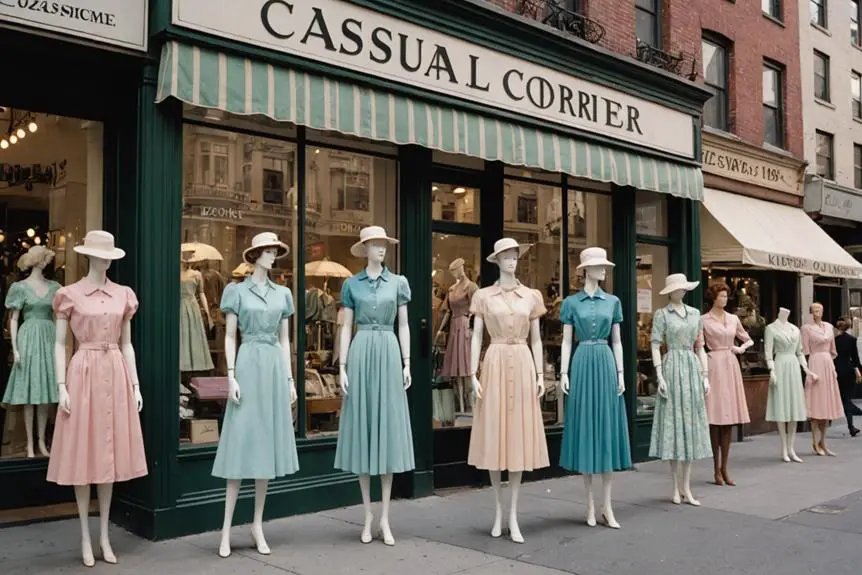


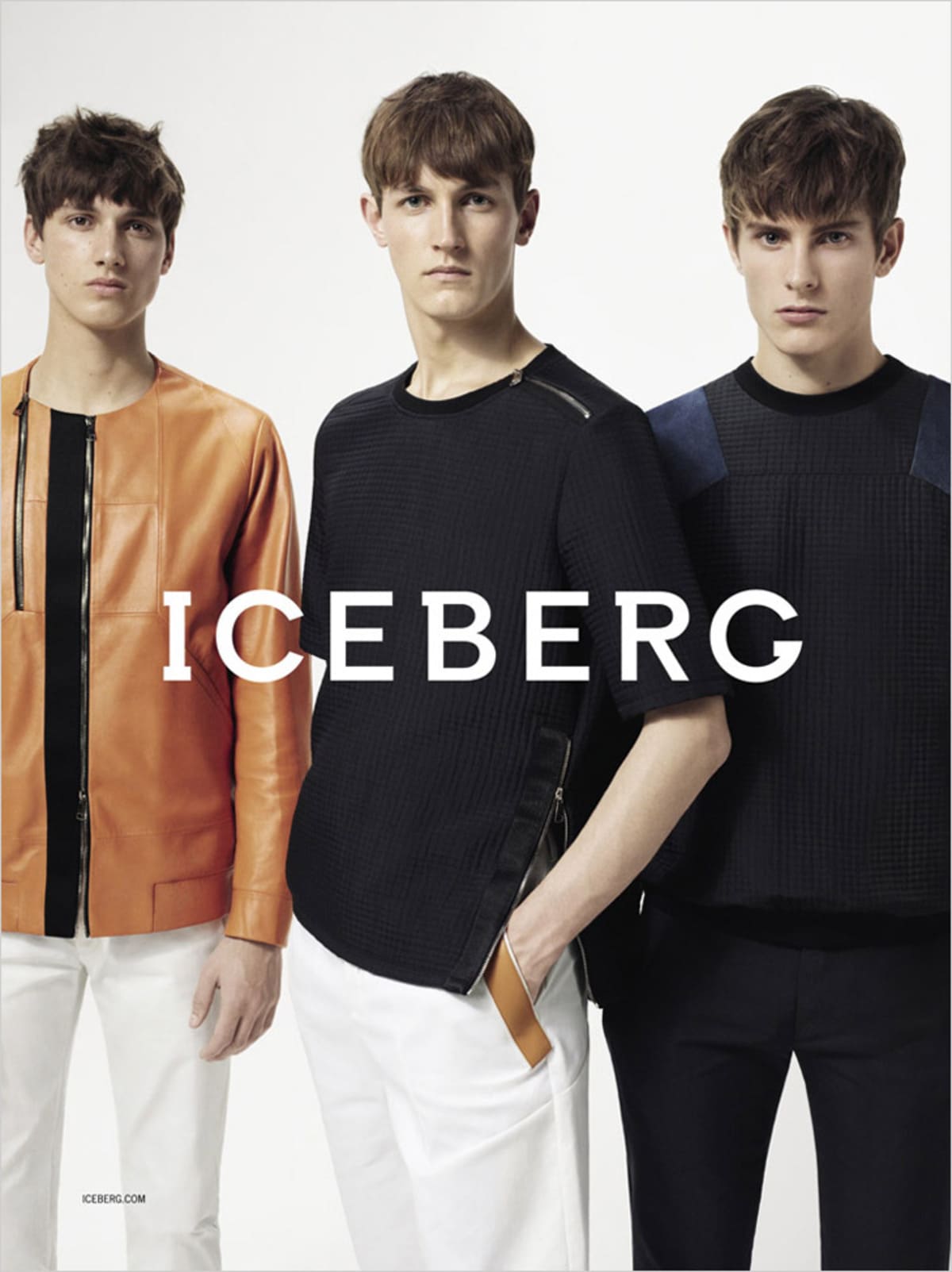
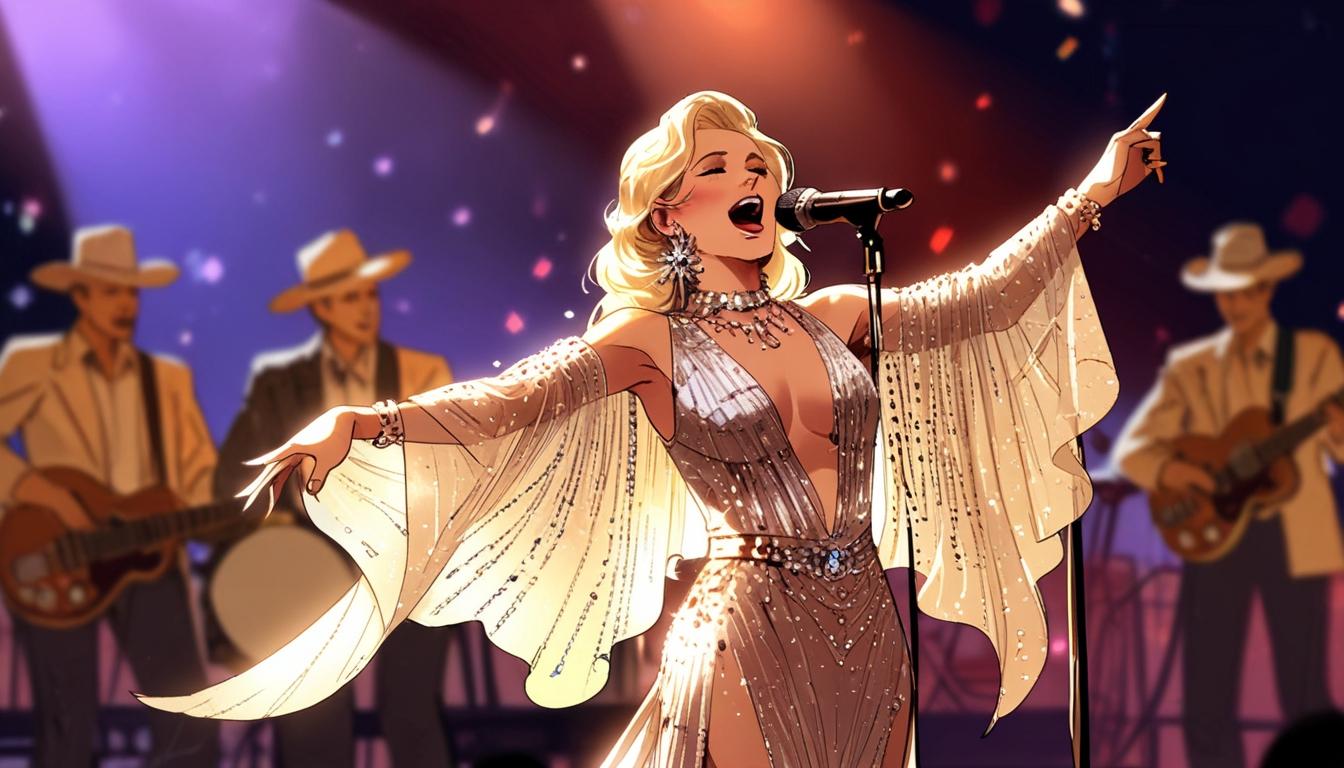
Hello it’s me, I am also visiting this website regularly,
this website is genuinely fastidious and the people are truly sharing nice thoughts.